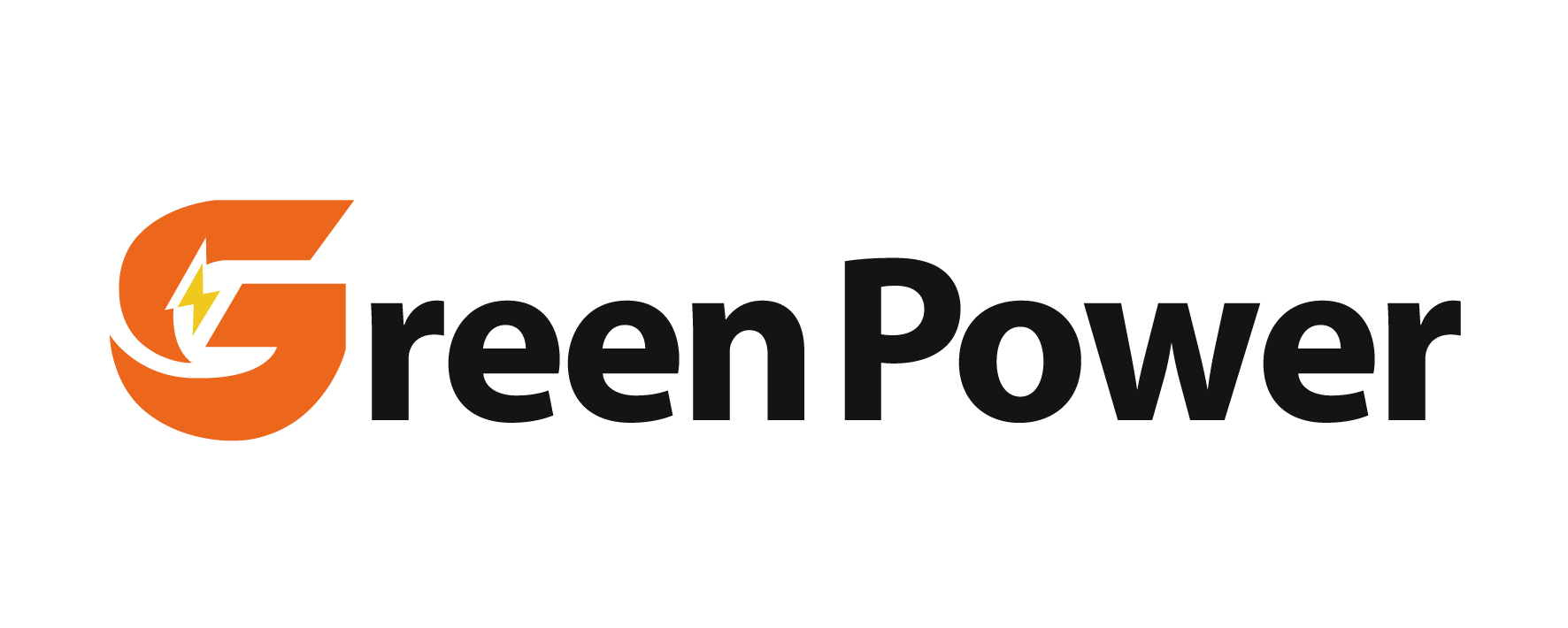energy storage cost
Energy storage cost represents a critical factor in the implementation and operation of energy storage systems across various sectors. This comprehensive metric encompasses multiple components, including initial capital expenditure, operational expenses, maintenance requirements, and system lifecycle costs. Modern energy storage solutions, ranging from lithium-ion batteries to pumped hydro storage, require careful cost analysis to determine their economic viability. The cost structure typically includes hardware expenses, such as batteries or mechanical components, integration costs for connecting to existing power systems, and ongoing operational costs including regular maintenance and replacement parts. These systems play a vital role in grid stability, renewable energy integration, and power quality management. The technology continues to evolve, with costs generally decreasing due to technological advancements and economies of scale. Current market trends indicate a significant reduction in energy storage costs, particularly in battery technologies, making these solutions increasingly accessible for both commercial and residential applications. The assessment of energy storage costs must consider factors such as system efficiency, storage capacity, discharge duration, and expected lifetime, all of which impact the overall cost-effectiveness of the storage solution.



